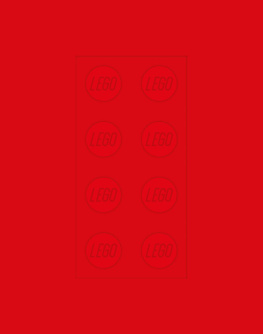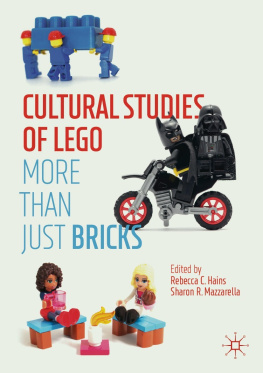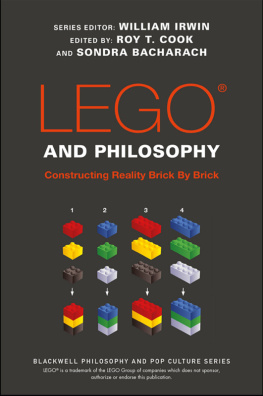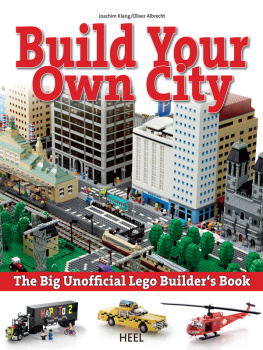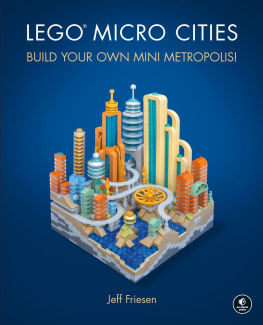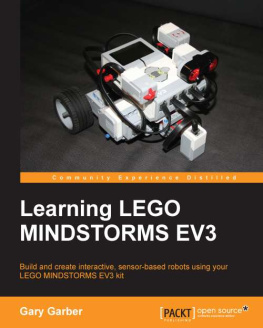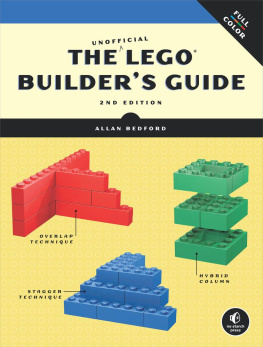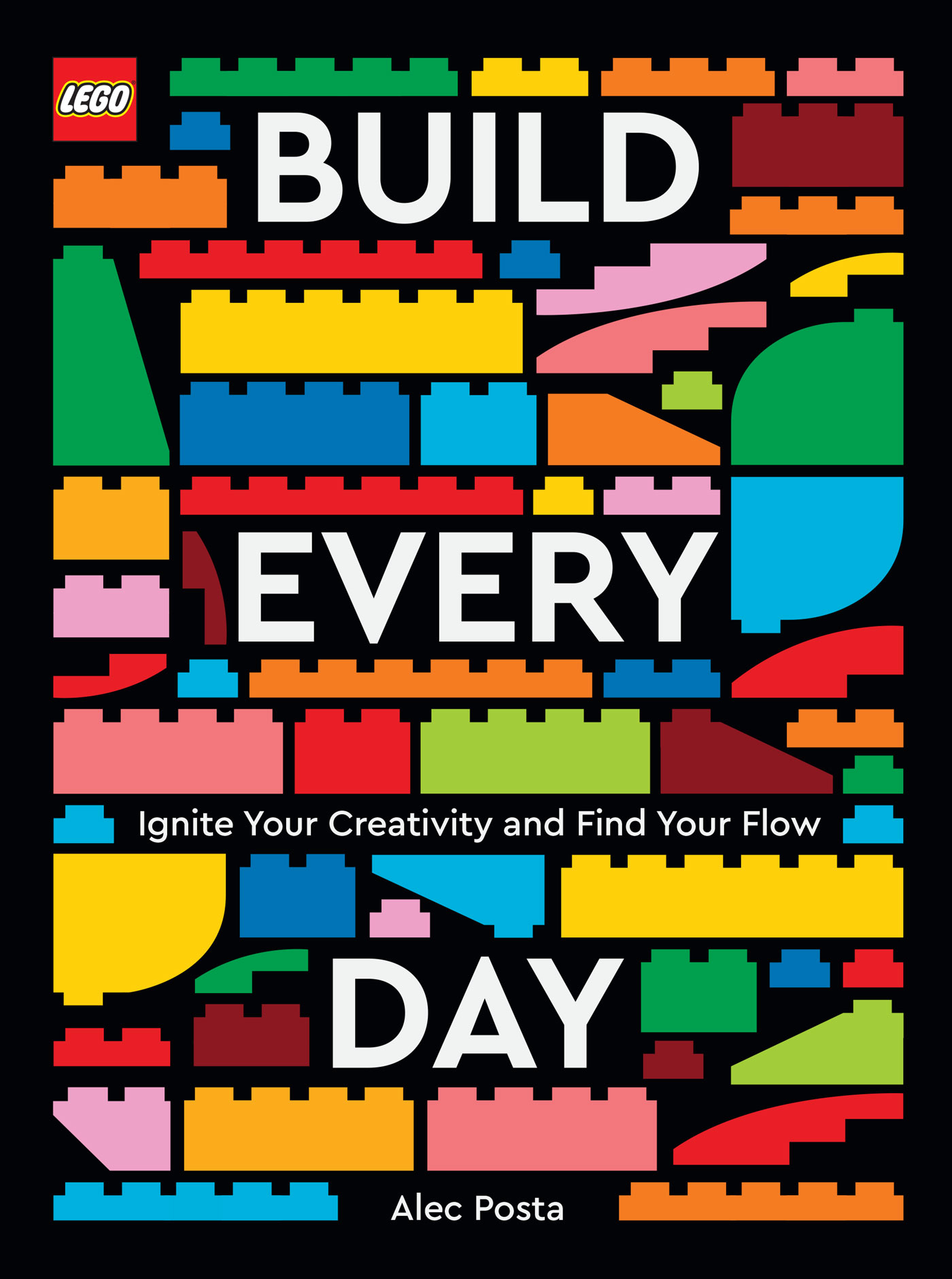Contents
Guide
Pagebreaks of the print version



LEGO, the LEGO logo, the Minifigure, and the Brick and Knob configurations are trademarks and/or copyrights of the LEGO Group. 2022 The LEGO Group. All rights reserved. Manufactured by Chronicle Books, 680 Second Street, San Francisco, CA 94107 under license from the LEGO Group. Made in China by C&C Joint Printing Co., Shanghai, China, January 2022.
All rights reserved. No part of this book may be reproduced in any form without written permission from the publisher.
Library of Congress Cataloging-in-Publication Data is available.
ISBN 978-1-7972-1413-9 (hc), 978-1-7972-2294-3 (ebook)
Design by MacFadden & Thorpe.
See the full range of LEGO books and gifts at www.chroniclebooks.com.
Chronicle books and gifts are available at special quantity discounts to corporations, professional associations, literacy programs, and other organizations. For details and discount information, please contact our premiums department at corporatesales@chroniclebooks.com or at 1-800-759-0190.
Chronicle Books LLC
680 Second Street
San Francisco, California 94107
www.chroniclebooks.com


Table of Contents
Introduction
My name is Alec Posta and I am a professional LEGO model builder. Yes: That is an actual job. For an adult. I have business cards and everything.
I work at LEGOLAND Discovery Center Arizona where I dream up, design, and build all the custom LEGO models that go on display within our attraction. I have my own well-stocked model shop with a big window that opens out into the LEGOLAND Park where guests can watch me work, ask me questions, and (hopefully) get inspired by my creations. Ill admit that it was pretty strange at first, working in a giant fishbowl, but nowadays I see it as one of the major perks of the job. Im able to share my love of creativity with every person who walks up and encourage kids and adults to think beyond building instructions. What keeps me playing the whole day through is my love of the LEGO philosophy, the idea that you can create anything from just your mind and a few basic bricks.
I started building with LEGO bricks in the 1990s: an era marked by pirates, deep-sea explorers, and more transparent, fluorescent green elements than youd ever know what to do with. My parents, being amazing and supportive as they are, encouraged me to spend my days building, drawing, finding gnarled sticks in the Arizona desert to carve into wizard staffs, and generally being creative in whatever way I saw fit. LEGO building was, of course, my medium of choice. Like most kids, I enjoyed sets. Id circle each one I wanted in LEGO Club Magazine and keep them displayed on my shelves after they were built like trophies (luckily, and maybe unsurprisingly, I didnt have a ton of trophies). As I got older, I outgrew my LEGO sets toys to my teenager mindand I turned to cooler pursuits, like guitar, and not caring about anything. However, the desire to create persisted.
I didnt return to LEGO building until I was (arguably) an adult in my early twenties. Coming back to it with fresh eyes helped me discover something Id never even thought about as a child: that building can be meditative. Theres a sort of Zen that comes with sitting down to create and letting time pass by as you click together brick after brick. I found myself applying lessons Id learned from my other creative pursuits, such as music and art, to LEGO building. In the span of six years I went from guy who played with LEGO sets as a kid to professional AFOL (meaning Adult Fan of LEGO). During this process Ive designed a lot, and built a lot, but Ive also done a lot of thinking about designing and building, as well as the creative forces at work behind those concepts.
In this book Ill take you through some of these lessons as they apply to LEGO building, art, design, and beyond. The building challenges Ill put forward will require bricks, but no more than a small collection of loose parts. Embodying these ideas surely requires time, but not more than a few minutes each day. These lessons may seem small, but, like LEGO bricks, they can be built upon into a mindset that I hope will carry you through whatever challenges you come across.
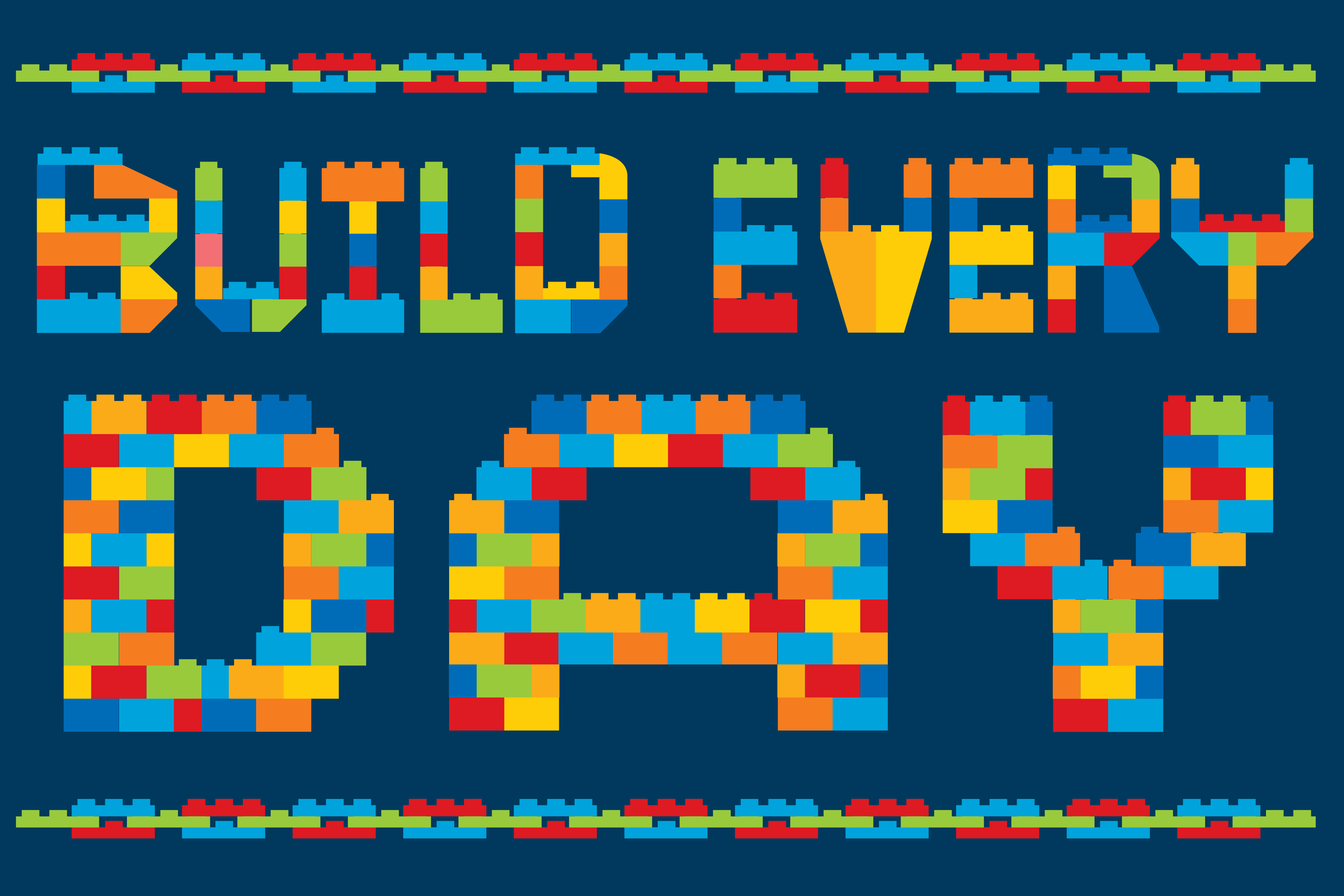
Build Every Day
Today, you can build something. It can be small. It can be massive. It can be a real object or an abstract work of art. It can be colorful or minimalist, totally new, or a version of the same thing youve been working on for months. It can be weird. It can fall apart. With just a handful of bricks, you can build something, and it can change your mood, your perspectivethe whole path of your day! And with some practice, it could even change the way you solve problems, in the world of building and beyond. Making time to build every day can ignite creativity, help you overcome obstacles, and find focus and flow.
Why not start right now? Go find two bricks and click them together. Youve just taken the first step toward creating a new daily habit that will be both challenging and rewarding, for seasoned and novice builders alike. Then say it out loud to yourself: Im going to build every day. Tell a fellow builder for accountability. Check off todays date in your calendar, journal, or the notes app in your phone. Today can be Day One on a journey that stretches your skills and your mind.
I do have to warn you, a daily building habit is simple to start, harder to stick with. I can hear you saying: Impossible, Alec. I love building. How hard can it be? It is hard even for me. The thing about being a professional LEGO model builder is that its still a job, and sometimes it can really feel like one. No matter what you do for work, study at school, or even do for fun, there are days, weeks, or even whole months where you might feel uninspired. Sometimes I feel like everything I design comes up short. Creating anything feels like it takes so much effort. But however I may feel when I sit down to build every day, I need to open up my workshop window and try my best to design what needs to be built. For me, powering through tough times is about showing up, building a routine, and sticking to it. And (surprise, surprise) that uninspired feeling never stays forever. In fact, rising out of those creative slumps is often when I feel that I do my best work.
The key to doing this at home is to maintain your momentum by creating a habit. Pick a time and place, set the goal of building every day, and stick to it. With building, for example, it can be easy to hit a roadblock and put something down for days at a time if youre not feeling up to it. But this increases the risk that youll never pick it back up. Making yourself do something every day, even on days you dont want to, is crucial when it comes to mastering a skill. If you sit down and try to design something, it doesnt turn out as expected, and you put down your bricks after five minutesthats GREAT! You still sat down and tried: Thats 100 percent better than not doing it at all.


